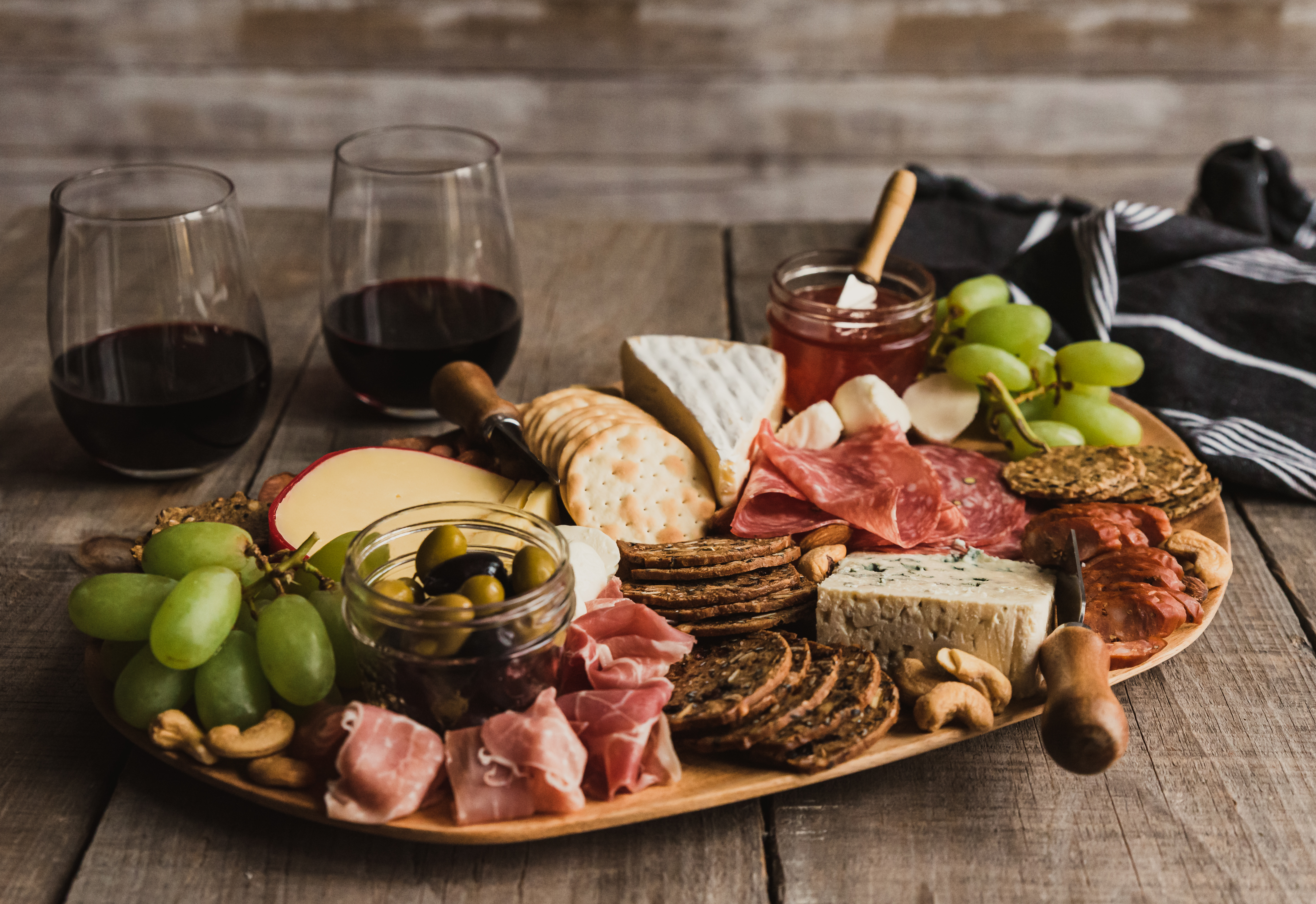
You, Me, and Charcuterie
There were many trending topics from last year—some we’re all glad to see in our rearview mirror and others we’re happily still embracing today. One of the latter is the charcuterie board: a spread of meats, cheeses, fruits, nuts, jams, and crackers that’s as delicious as it is elegant. But building your own showstopping board can be an overwhelming task if you don’t know where to start. This comprehensive how-to is here to guide you.
THE BASICS
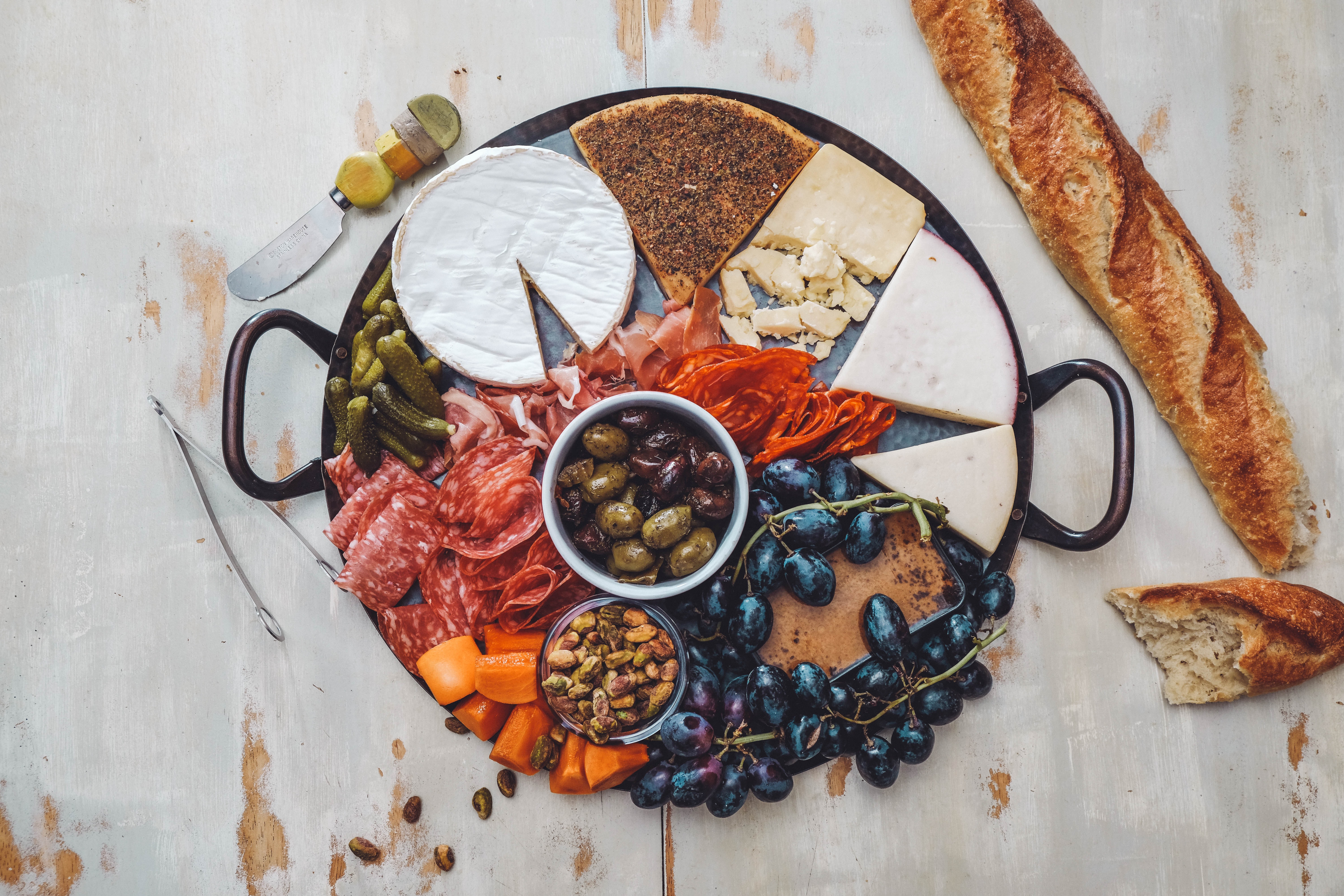
First, if you don’t already have a serving piece for this appetizer, here are some great options depending on your personal taste and kitchen style. For a rustic look, West Elm’s Olive Wood Rustic Cutting Board is an ideal option, and for the modern homeowner, Anthropologie’s Agate Cheese Board offers a more contemporary appearance. CB2’s White Square Slate Cheese Board is another ideal choice for the minimalist, or opt for the Crate and Barrel Hayes Marble Serving Board with Handles if you want a dramatic look. However, if you don’t want to buy something new, any flat, large cutting board, slab, or plate will work.
Other miscellaneous items to consider getting are a set of cheese knives—which usually come in a set of three or four—and appetizer forks and spoons; but, as with the board, you can use the utensils you already have. Just be sure to put out enough for slicing everything on the board, as well as enough for everyone to serve themselves. Small bowls are also needed for a variety of olives, dips, jams, and the like.
THE CHEESES
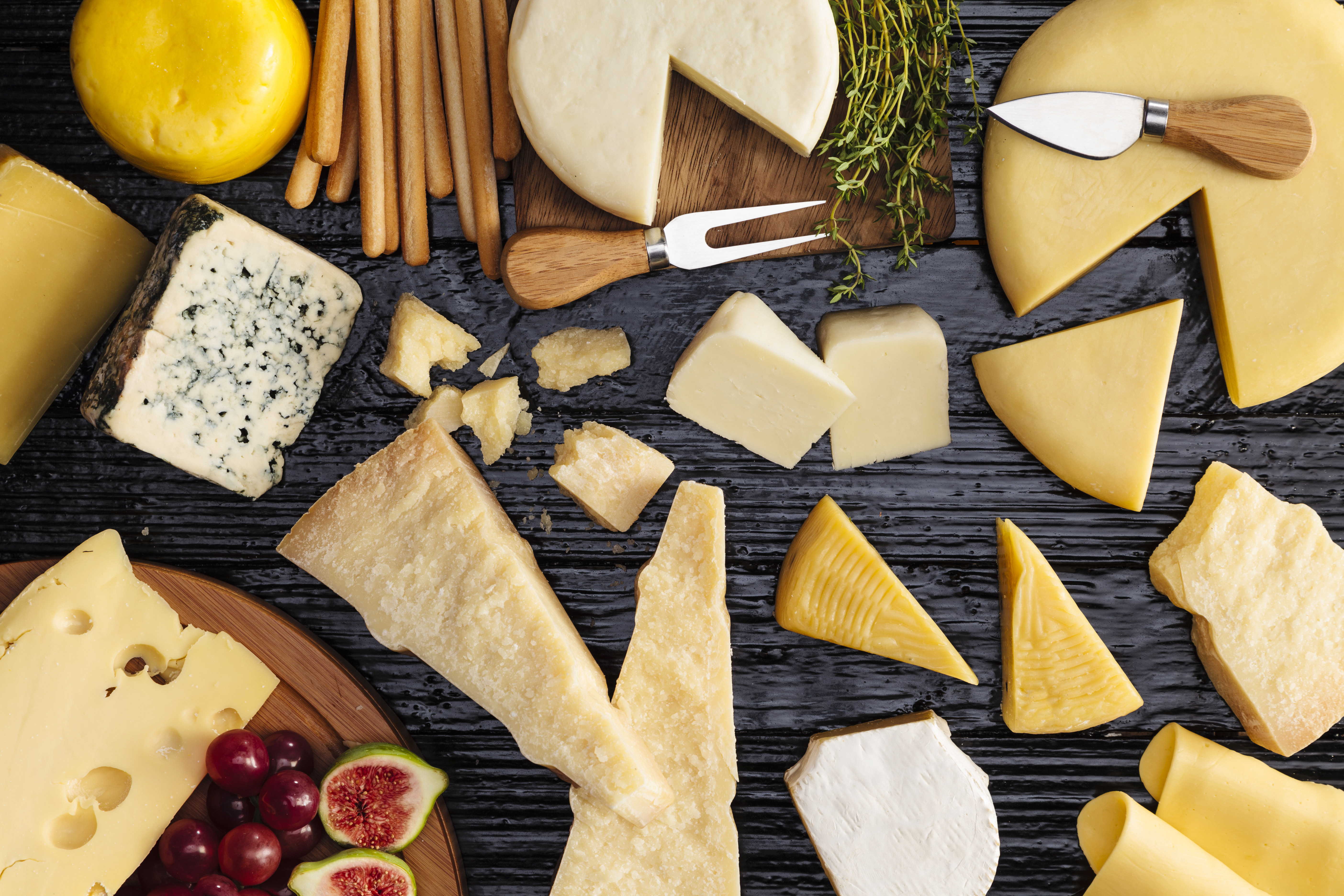
The most essential part of any charcuterie board is the cheese selection. Whether you’re crafting the spread for just you and your significant other or for a small gathering, it’s important to purchase high-quality cheeses of varying hardness and softness. (You don’t need gourmet crackers, but you should go for gourmet cheeses.) Harder cheeses can be presliced, while those that are crumbly or spreadable should be put on the board as a block with their own knives.
- Start with strong foundational cheeses that are established fan favorites, such as white cheddar, Gouda, and provolone.
- Include softer, spreadable varieties like brie and burrata.
- Don’t forget those under the crumbly category, including goat and blue cheeses.
THE MEATS
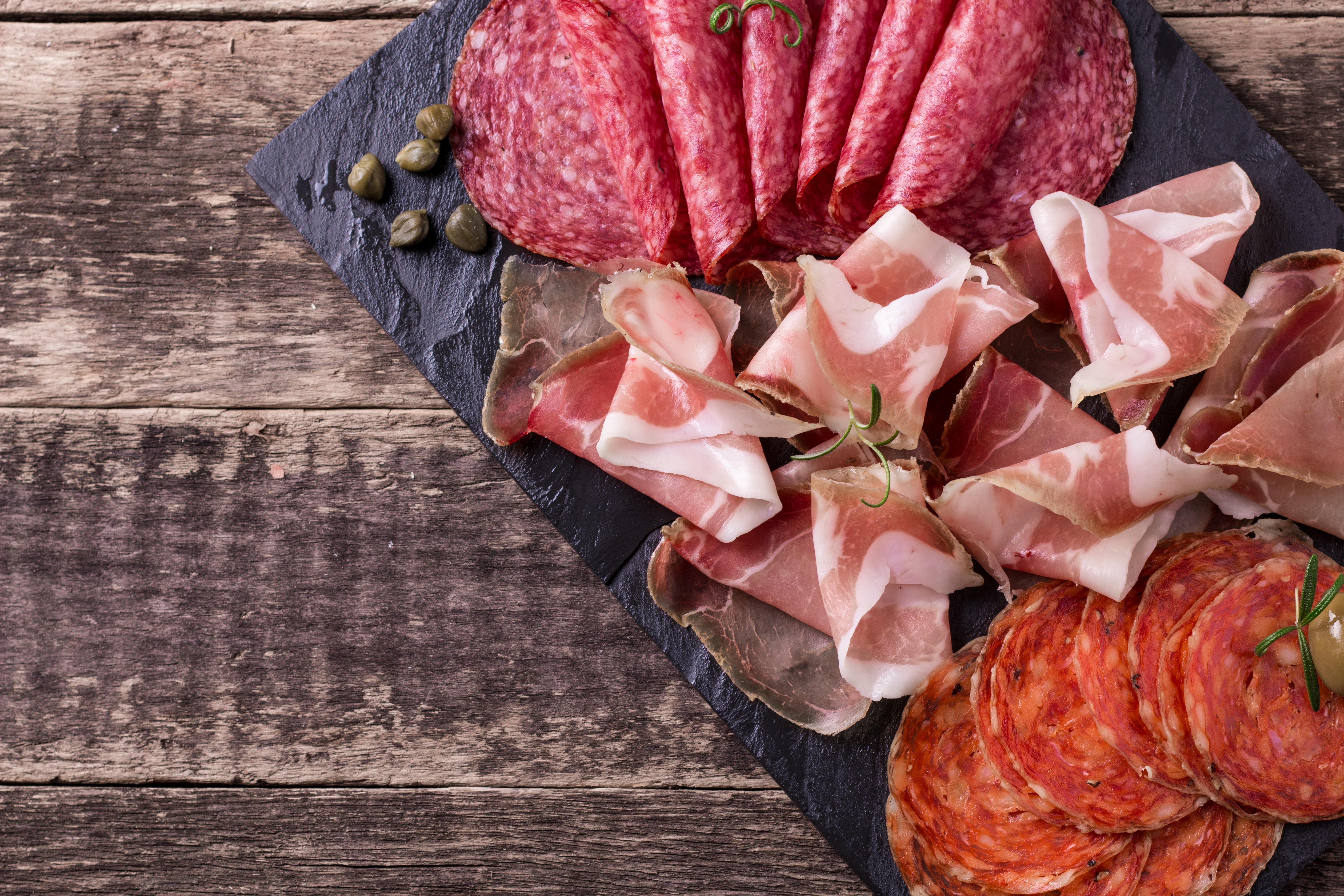
Whether sliced thin and stacked, folded, or put out as a whole roll, cured meats are a charcuterie board staple (as cuit means “cooked” in French).
- Salty options like prosciutto, capicola (both of Italian origin), or jamón (of Spanish origin)—all of which are cured, air-dried pork—will pair nicely with most cheeses.
- Include options on the sweeter or spicier side, such as salami, sopressata (Italian salami), and pepperoni.
- Put out a smoked meat for the adventurous eaters, too, like sausage or ham.
THE ACCENTS

Arguably, the most fun part of shopping for your spread is picking out all of the “extras”—foods of different textures and flavors that complement meat and cheese well.
- Include pickled accompaniments, such as actual pickles, as well as other pickled veggies like cauliflower, carrots, celery, bell peppers, and peperoncino (Italian chili peppers). Olives and capers, although not technically pickled, add a similar vinegary flavor to the board.
- Most boards will be heavy on the saltiness, so it’s important to offer sweet accents, such as a variety of fruit. Incorporate apple and orange slices, berries, and grapes, as well as dried fruit, such as prunes, apricots, cranberries, and cherries.
- It’s nice to include an element that can be easily picked at, like nuts. Pistachios, almonds, and pecans are sound choices.
- Play around with different types of jams, mustards, chutneys, preserves, and dips. You don’t want to overwhelm the board with too many options, so two to three will suffice. Consider a combination like a coarsely ground spicy mustard with a sweet apricot jam. Vegetarians would appreciate a hummus or bean dip option as well!
THE BREAD AND CRACKERS

Now it’s time to put all of those delicacies on something. Since you want the items above to really shine, choose plain crackers and bread instead of flavored varieties. Artisan bread, toasted baguettes, and thin grain crackers will go best with your spread.
THE ASSEMBLY

When you see an image of a charcuterie board, most look like they were put together by a professional food stylist, but assembling your own is actually easier than you think.
- Start by placing the large food items on the board. This will include some of the cheese and meat selections. It may also include the bread, depending on what kind you chose.
- Next, arrange your bowls of jam, dip, etc.
- Then, neatly add anything that’s sliced, rolled, or folded.
- After the bigger items are placed, finish your board by filling up any negative space with the accents, including the crackers. It doesn’t have to be perfect. Elements like grapes, nuts, and dried fruit could be in a bowl, but they could also be scattered about—how free-form you want the arrangement to look is up to you.
- Add sprigs of rosemary or other herbs for a final stylish touch.
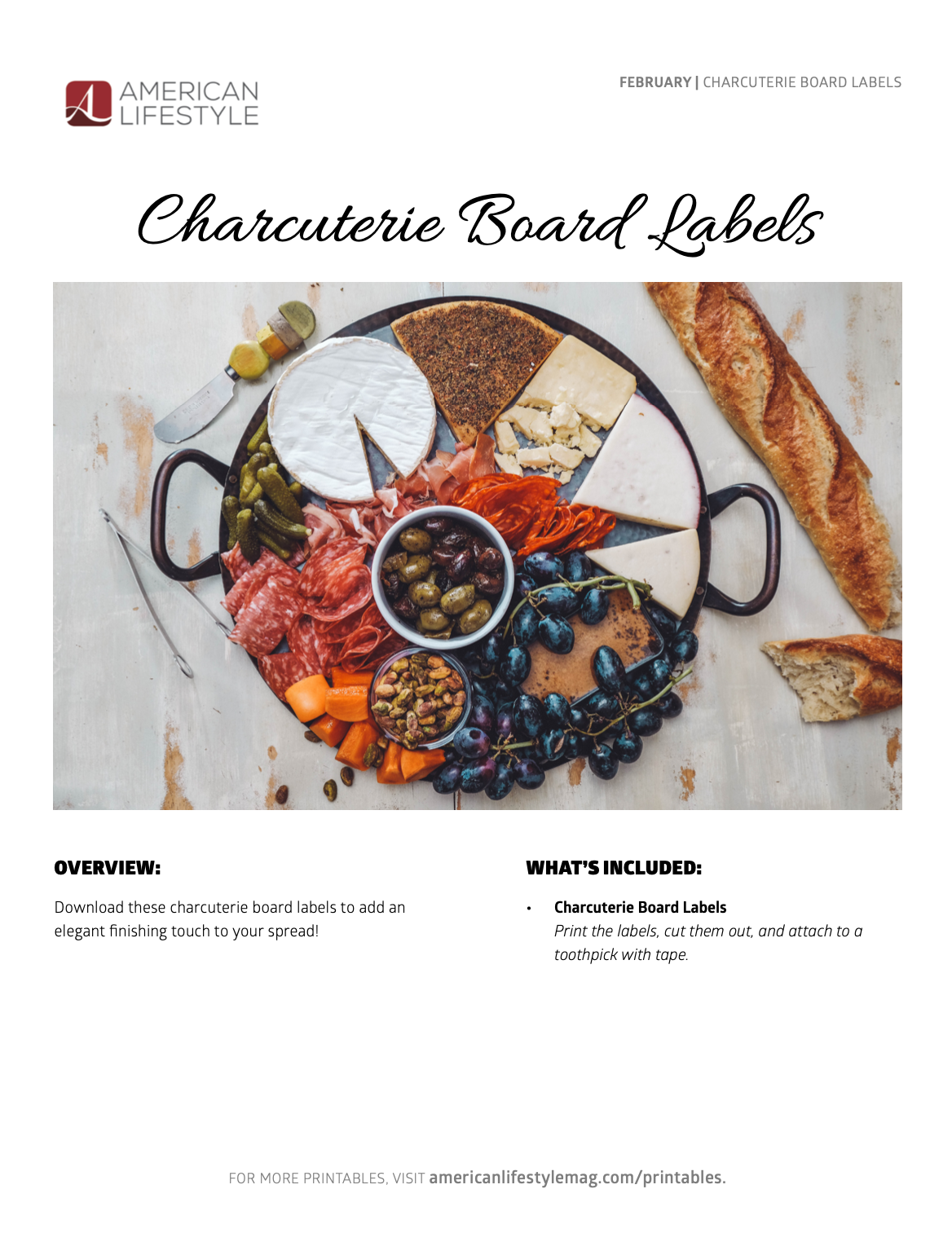
Download these charcuterie board labels to add an elegant finishing touch to your spread!

Posted in February 2021 on Dec 02, 2020